FEG Is Breaking the Mold
Game Room Designer, Operator Aims to Stay Modern & Push Ahead
by Matt Harding
George Smith, founder and president of Family Entertainment Group, has spent more than 30 years in the amusement business, but he’s just getting started. Looking at the scope of what he and his company take on regularly, that might seem a bit surprising because it’s already quite substantial.
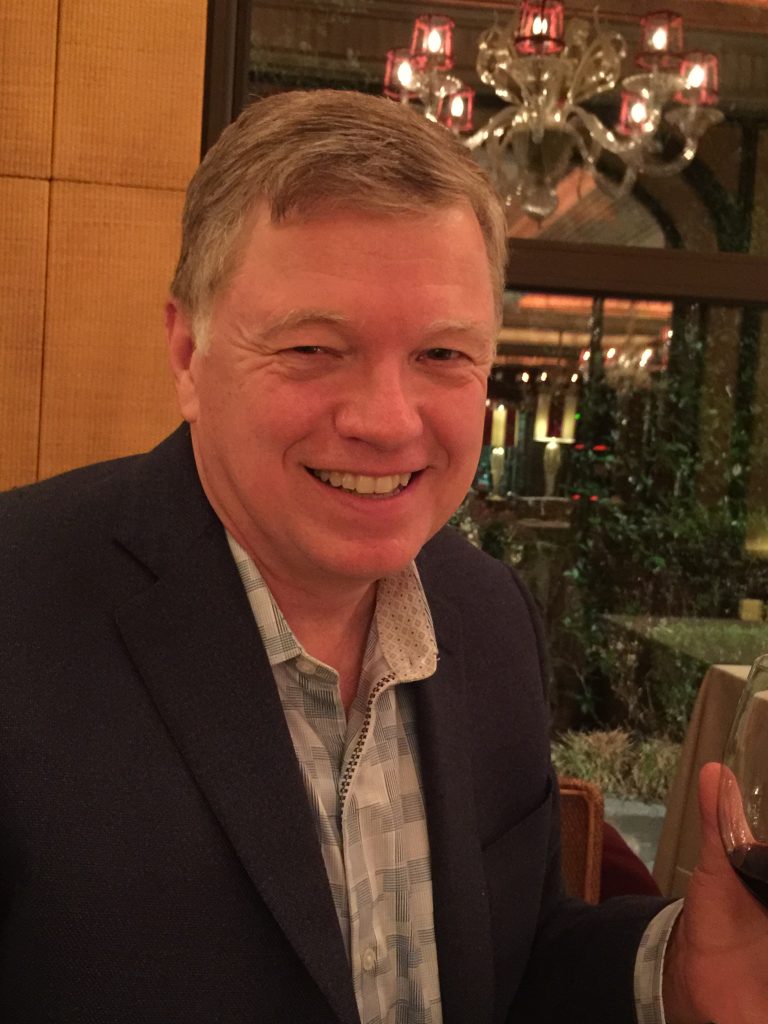
His company owns or operates in 40 locations with a total of 800 employees in 20 states throughout the country. FEG’s primary business is with Great Wolf Lodge and other water parks, building and operating top-notch game rooms in those facilities.
Part of their diverse portfolio also includes standalone FECs that they upgrade and enhance with unique attractions. The two brands they own and operate are Bonkers, aimed more toward children, and In The Game, which opened its first location in late May and caters to the broader demographic of families and young adults. (Learn more about In the Game in the following story.)
Smith’s foray into amusements began in the late 1970s when he went to a party with his roommate. “I actually got into the business because a friend of mine — my roommate at the time — worked in an arcade,” he said.
That arcade was owned by Dream Machine, the Boston-based mall arcade operator with locations along the eastern seaboard. Smith worked for the company in numerous capacities during the 12 years he was there.
He went on to spend years as vice president of operations for Namco, vice president of business development for Namco Cybertainment Inc., CEO of Paradigm Entertainment and senior vice president of business development with Animaland Inc.
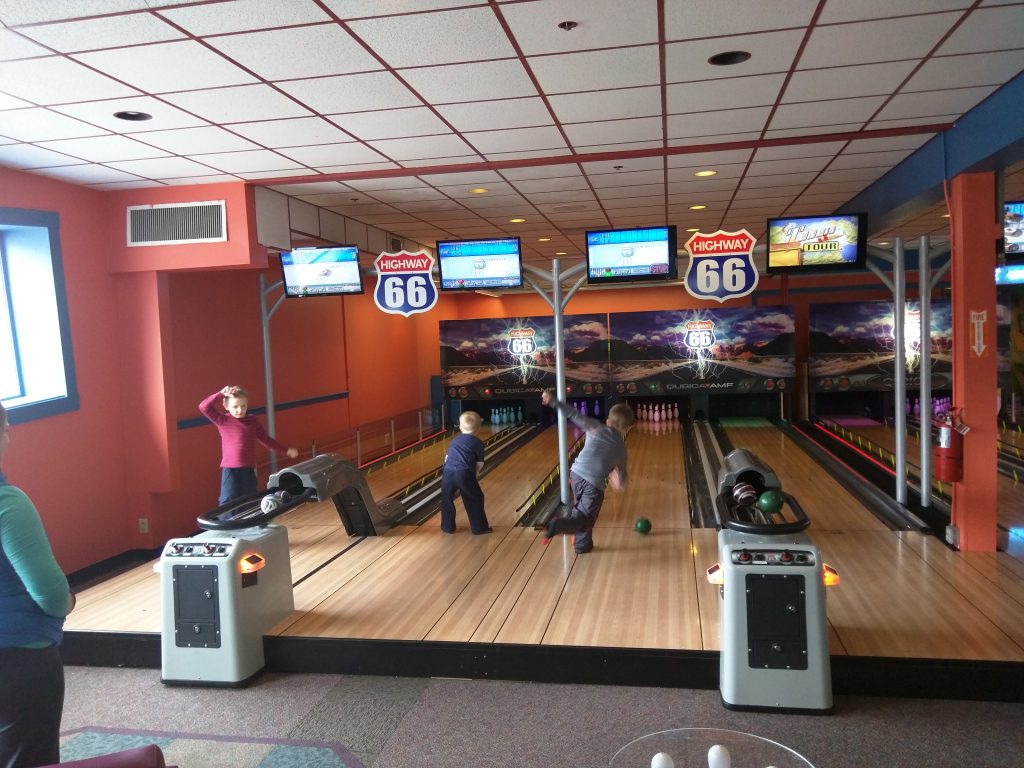 Smith founded Family Entertainment Group in 2003, which opened its first location the following year: Castaway Bay, Cedar Point’s indoor water park and resort in Sandusky, Ohio. (Readers will also recognize Smith as one of the “Three Amigos,” founders and organizers of the annual F2FEC conference.)
Smith founded Family Entertainment Group in 2003, which opened its first location the following year: Castaway Bay, Cedar Point’s indoor water park and resort in Sandusky, Ohio. (Readers will also recognize Smith as one of the “Three Amigos,” founders and organizers of the annual F2FEC conference.)
“We thought we knew a little about the general game room business and believed there was room to improve it,” he said. “Too often, operators are trying to squeeze the last $10,000 in earnings out of a game that should have been retired.”
Keeping things new and fresh is one of the keys to a successful game room operation.
“To a certain extent, great games are great games,” Smith said. “But you have to make sure people get variety and good quality prizes.”
A typical FEG arcade will have about 65 percent redemption games, 20 percent instant-win games and 15 percent video games. Earnings-wise, the instant-win machines are typically doing the best, he says.
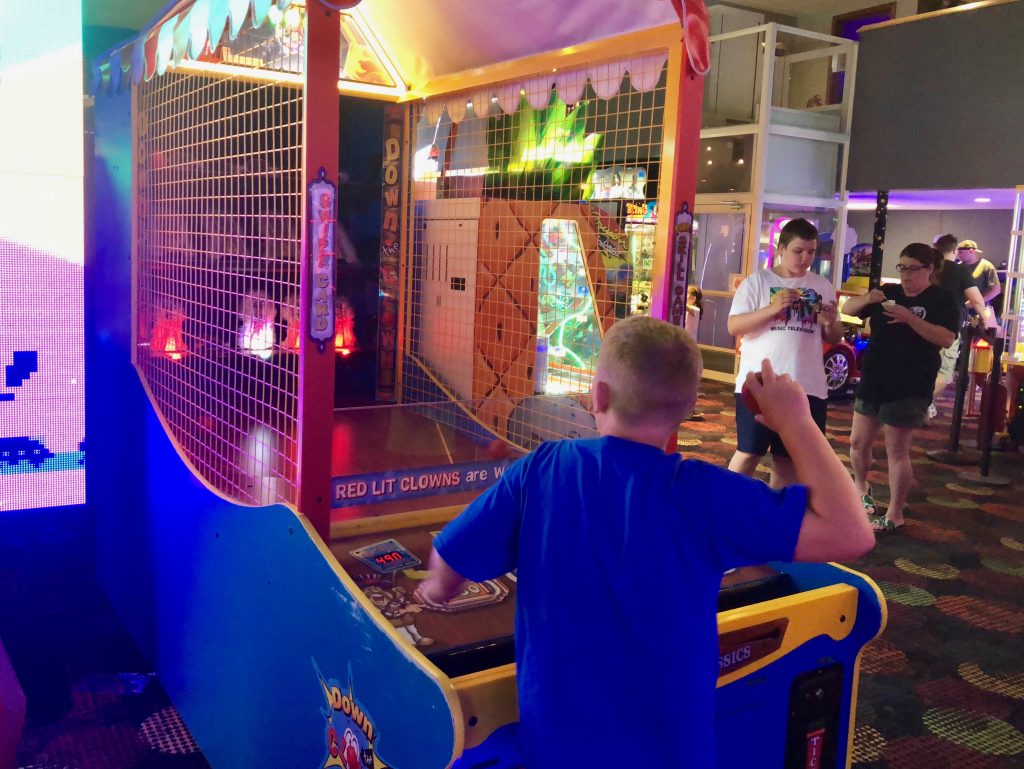 Since starting the company in 2003, Smith noted that the quality of games and the introduction of equipment like RFID debit card readers has improved the overall industry dramatically.
Since starting the company in 2003, Smith noted that the quality of games and the introduction of equipment like RFID debit card readers has improved the overall industry dramatically.
“The quality of most everything within the game room sphere has improved,” he said. “A concern in the ’90s was, ‘Are game manufacturers going to be plentiful enough to survive?’ Not only have they survived, but they’re thriving.”
People say the late 1970s and early 1980s era was the golden age of game rooms, Smith said, and while that’s true, “This is the golden age right now in terms of quality because you simply cannot sell mediocre equipment.”
But with better quality games came bigger games, which is a noted challenge among smaller FEC and route operators. It can impact larger operators as well. “We either need more square footage now or fewer games,” Smith said.
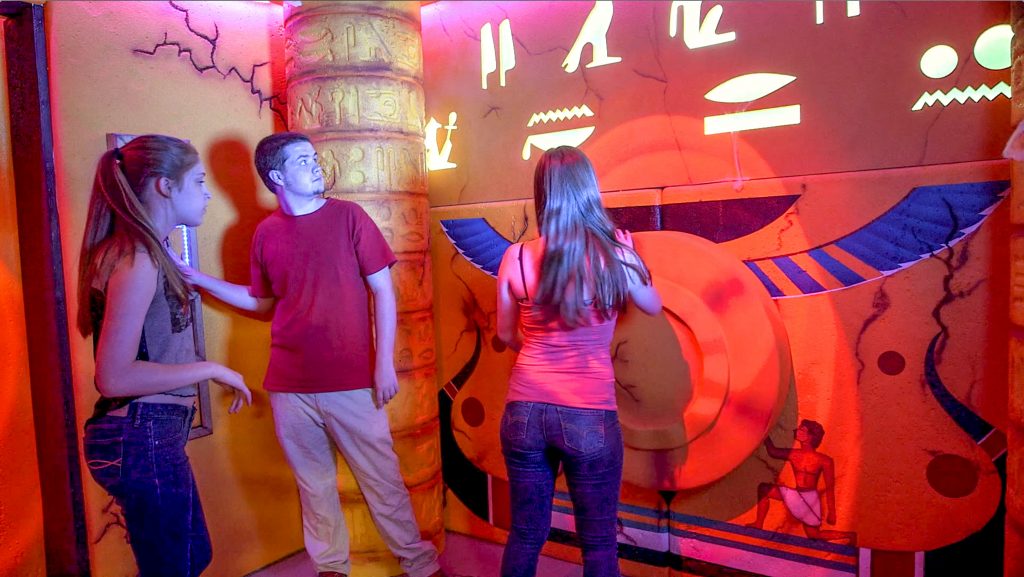
Typically, an FEG arcade used to have around 85 games, but today it’s generally somewhere in the 65-70 ballpark. Smith said that ideally, a typical game facility runs between 30,000 and 40,000 square feet.
Game prices that have exceeded inflation are also tough on operators, he said, and is another one of the biggest industry challenges.
Family Entertainment Group is a company in constant evolution, just like the industry it serves. They’re always working to better their strategic game room layouts, aiming for the flow that will make the most impact. “There is both science and art to what we do,” Smith said. “And that’s what we think we’re best at.”
FEG is also at the forefront of the latest and greatest technology, hoping to see what works and what doesn’t, and make the best decision based on those results.
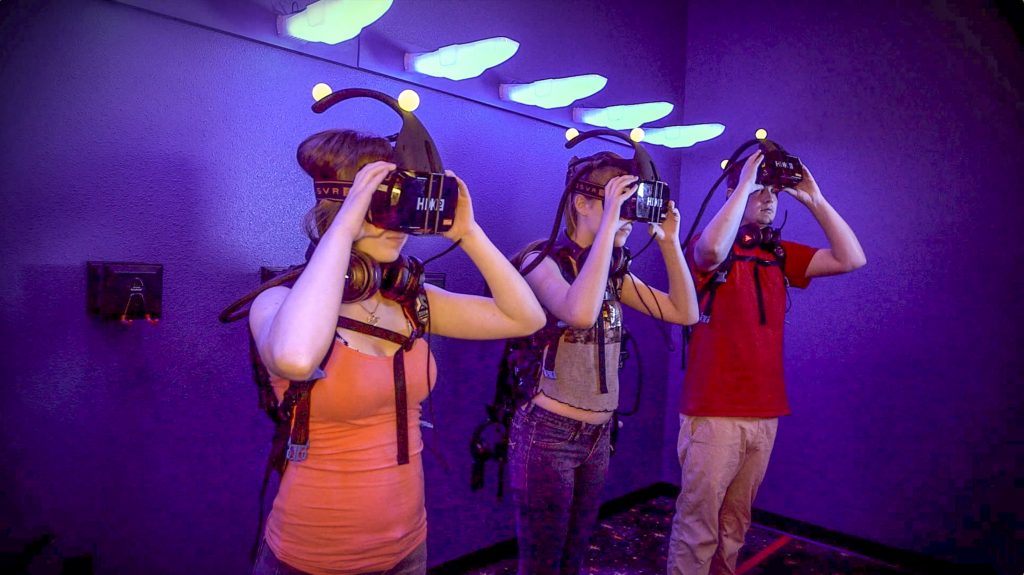
“We do an awful lot of testing and experimentation,” he said. A case in point is VR. “We have a dozen different virtual reality systems operating in our facilities,” Smith said. “The technology is going to continue to evolve — it’s not quite there yet. But you have to take some chances and take some risks. That’s what differentiates us.”
Smith said he definitely sees a place for it in game rooms as the technology continues to improve — just as games and other attractions have.
However, the success of FEG doesn’t solely rely on games and attractions themselves, but the people who make it all work.
The company is chock full of the best of the best in the industry, with their in-house design and construction teams, and systems that help employees better serve the end user.
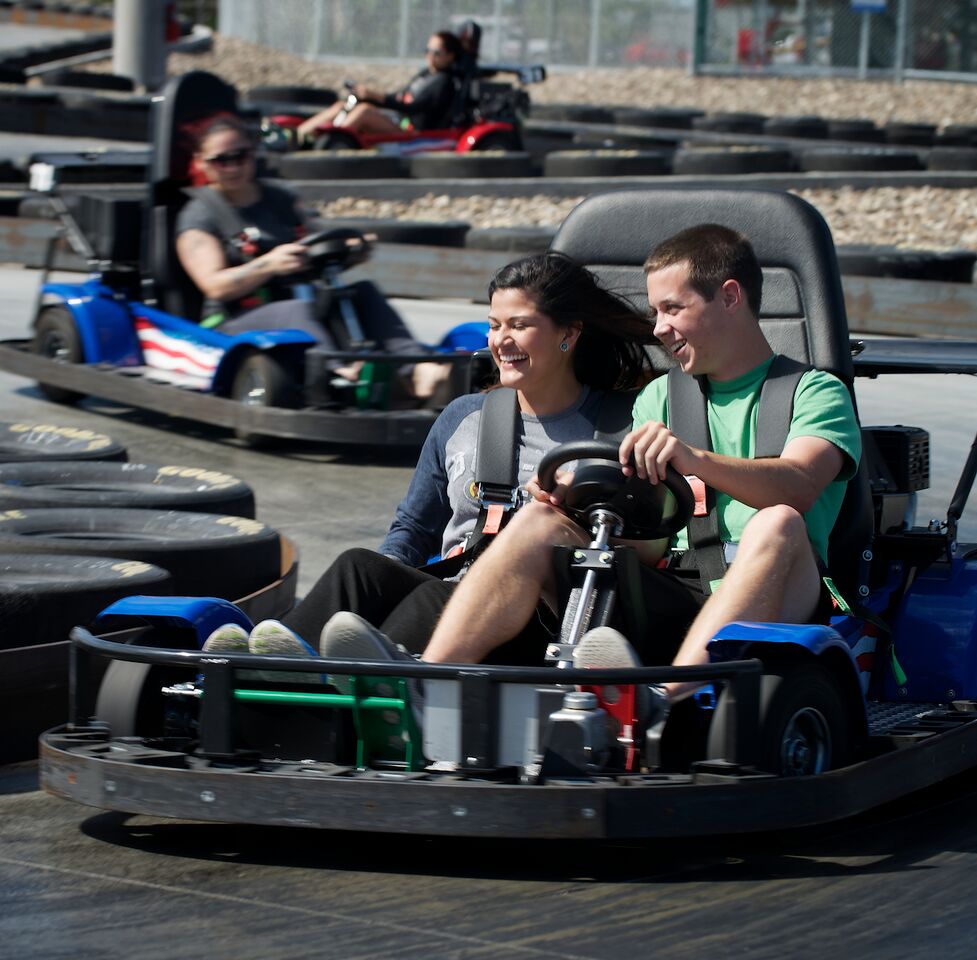 “If you want to talk go-karts, we have the experts in go-karts,” Smith said. “The same goes for games.
“If you want to talk go-karts, we have the experts in go-karts,” Smith said. “The same goes for games.
“They’re not thinking, ‘How many games can I cram into a space?’ For us, we see all of this as retail. A good retail operator has a plan. We don’t want to have tables with clothes piled on them. We’re trying to sell fashion, so to speak.”
That is, trying to optimize a game room and attraction space that makes the most money and makes customers the happiest, which usually go hand in hand.
“We’ve tried to bring in as many automated systems as we can and use technology to track everything that’s there.”
Most importantly, Smith sees FEG’s facilities as neighborhood centers — gathering spaces for friends and families of all ages. His company’s focus for the future, as they work to transition their standalone FECs into either the Bonkers or In The Game brand, is to be unique and modern.
“We’re not trying to be cookie cutter about anything we do,” he said. “We want people to know that things change with our facilities. We’re keeping up with the times.”
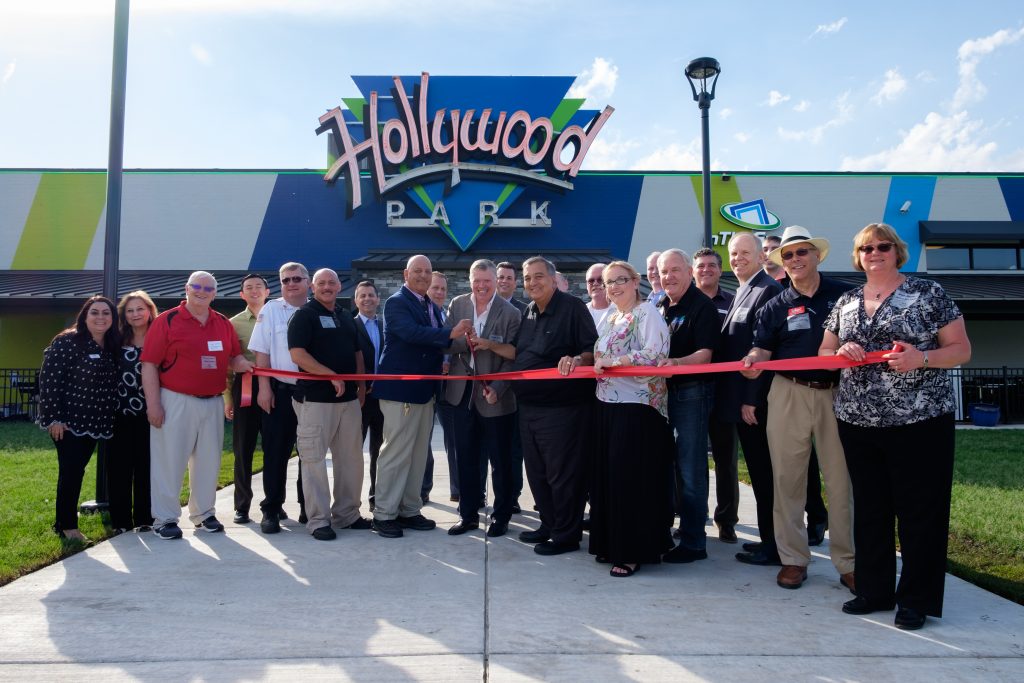 Being In The Game at FEG
Being In The Game at FEG
Game Room Designer, Operator Aims to Stay Modern & Push Ahead
Family Entertainment Group is “In The Game” –– literally –– and ready to play. In fact, their new brand just officially launched with the grand opening of In The Game Hollywood Park, just south of Chicago in Crestwood, Ill., on May 31.
FEG founder and president George Smith has a vision for In The Game and is planning for its expansive growth alongside another FEG brand: Bonkers. While Bonkers is aimed at a younger demographic (and already has locations in Massachusetts, Illinois, Missouri and Kansas), In The Game caters to the broader demographic of families and young adults.
All of the standalone fun centers that FEG owns and operates will soon be revamped with one of those brands in mind, and the company is making quick progress.
At between 30,000 and 40,000 square feet, In The Game facilities are currently being upgraded at Sawgrass Mills in Sunrise, Fla. (scheduled for mid-July completion), Bonkers Fun House in Peabody, Mass., and Funtrackers in Corpus Christi, Texas (both scheduled for late 2018 completion).
With Hollywood Park, a fun center built some 30 years ago, FEG changed up the games package, took out an 18-hole golf course, brought in two new rides, upgraded fencing and signage, and added an upscale dining area as patrons enter through the front door — or rather, the In The Game portal.
“It was a great operating facility as it was,” Smith said. “But we thought that it needed a bit of an overhaul.”
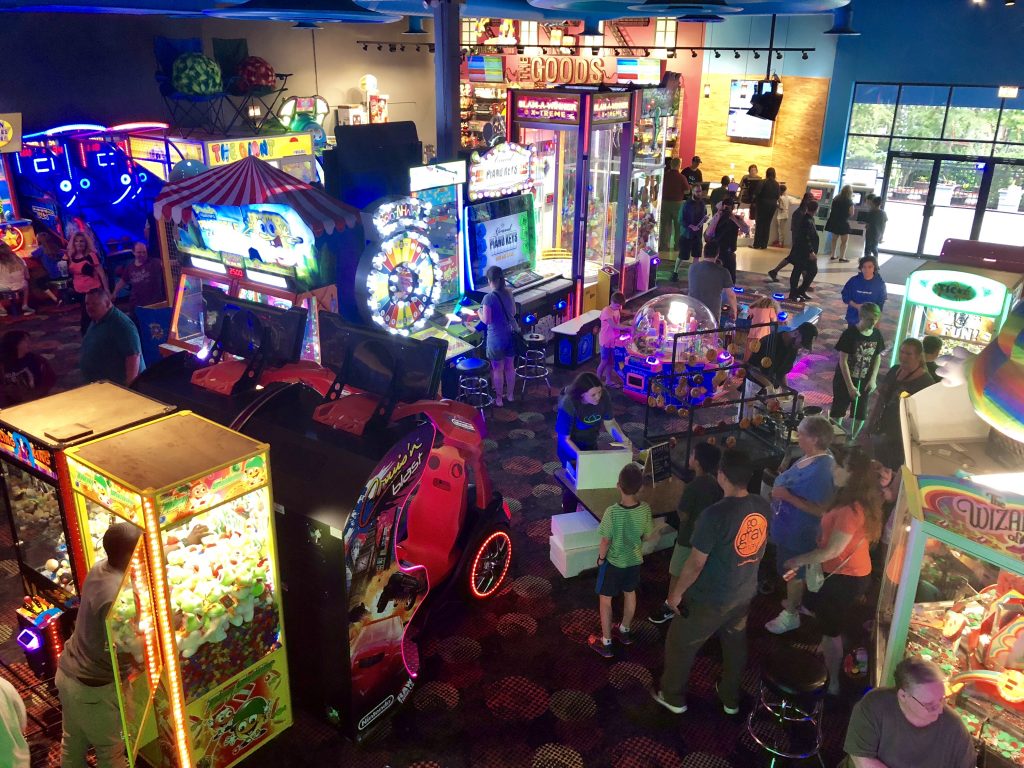 Hollywood Park was owned and operated by Chris Paliga and his family since the mid-1990s. “I might not have sold my property to anyone other than George Smith and FEG,” he said in a press release in March 2017 when the company acquired the facility. “I have a commitment to this business, the Hollywood Park leadership team and the community — and FEG has the resources to improve on the park.”
Hollywood Park was owned and operated by Chris Paliga and his family since the mid-1990s. “I might not have sold my property to anyone other than George Smith and FEG,” he said in a press release in March 2017 when the company acquired the facility. “I have a commitment to this business, the Hollywood Park leadership team and the community — and FEG has the resources to improve on the park.”
The primary focus in the changes to Hollywood Park will be a hallmark of all In The Game and Bonkers locations — from entertainment center to food and beverage first.
The idea behind that modification is the thinking that it’s the food that gets people in the door and the games and attractions that make them want to stay. While all other changes will be based on the particular facility, that food-first concept is an across-the-board necessity for FEG.
“The key feature with both In The Game and Bonkers is we’re leading with our food and beverage,” Smith said, adding that a goal of his is to break preconceived notions of fun centers by serving high quality eats.
“On the food side of things, we’re trying to do things a little bit better than everyone else,” he said. With chicken wings to die for and fresh-made pizza dough, they’re setting their goals high. “Still, a lot of these things are not revolutionary.”
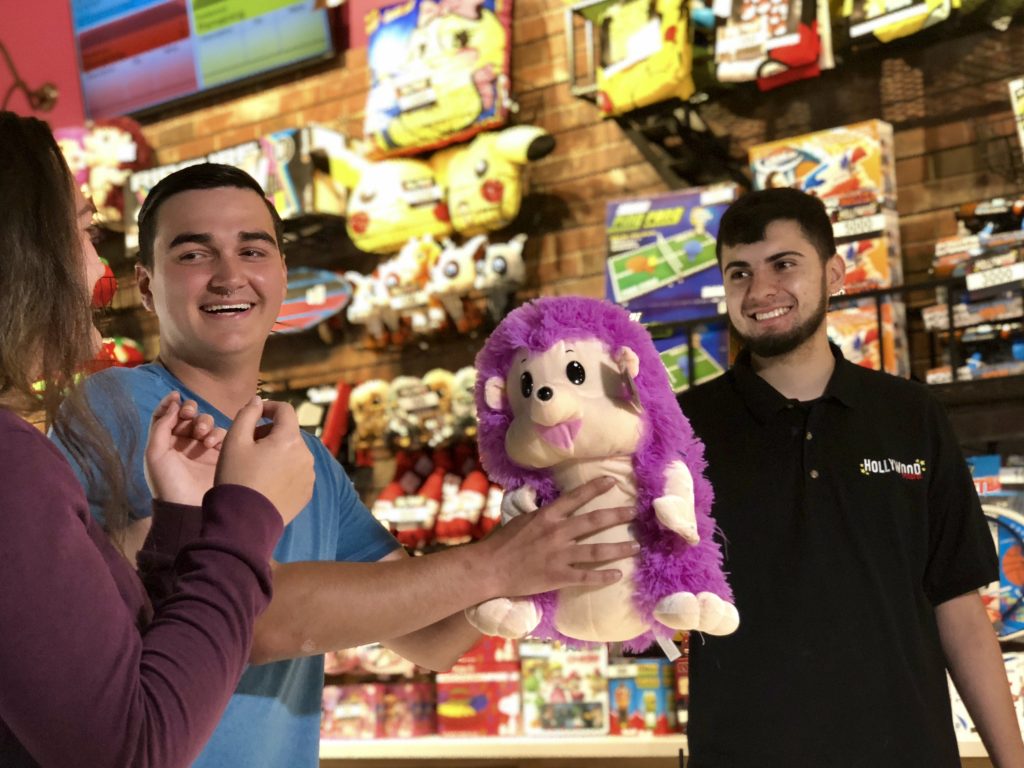 In The Game Hollywood Park features a menu of not only chicken wings and pizza, but signature burgers, sandwiches and desserts. Soda, beer and wine are some of the drink options.
In The Game Hollywood Park features a menu of not only chicken wings and pizza, but signature burgers, sandwiches and desserts. Soda, beer and wine are some of the drink options.
As for games and attractions, there’s a multi-level game room, bumper cars, electric go-karts, mini-golf courses, mini bowling, the Typhoon motion simulator by Triotech, a giant slide and a carnival ride called the Viking Himalaya.
“We have some unique attractions that nobody else in the industry has,” Smith said.
The facility will host live music and regular civic events too, in an effort to act as a place of community gathering — a neighborhood center of sorts.
“We think ‘In The Game’ is a great name that encompasses the play activity that’s there, but we want to be that community center too,” he said.
Over the next couple of years at least, Smith said he anticipates opening up five to 10 In The Game facilities each year.
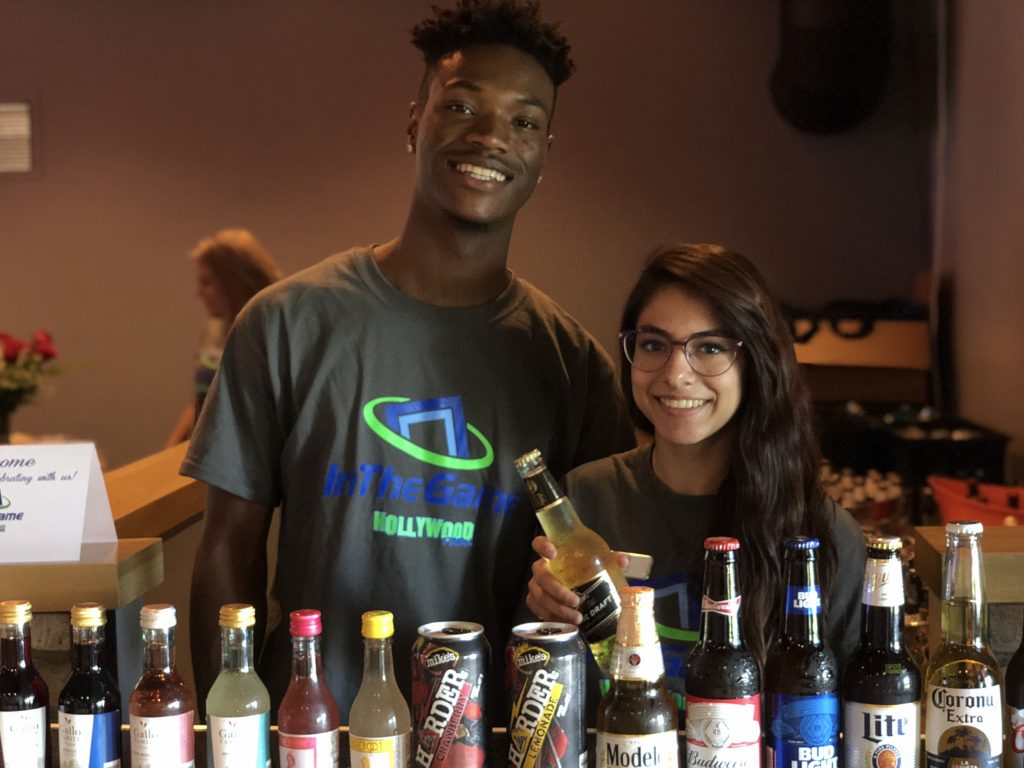 “We have great capital resources and we will continue to do our own builds,” he said. “We think the Greater Midwest and Northeast markets are underserved in a lot of ways, so that’s where our focus will be.”
“We have great capital resources and we will continue to do our own builds,” he said. “We think the Greater Midwest and Northeast markets are underserved in a lot of ways, so that’s where our focus will be.”
Smith said he doesn’t want to acquire facilities that are on each end of the spectrum –– either perfect or disasters –– but ones that need some TLC and modernization.
Comfortable, affordable and modern are three words he hopes people will use while talking about In The Game. A great place to gather with family and friends — a place where everybody knows your name.
“There’s been a proliferation of growth in the industry,” Smith said. “I hope we’re building the Cheers of family entertainment centers.”


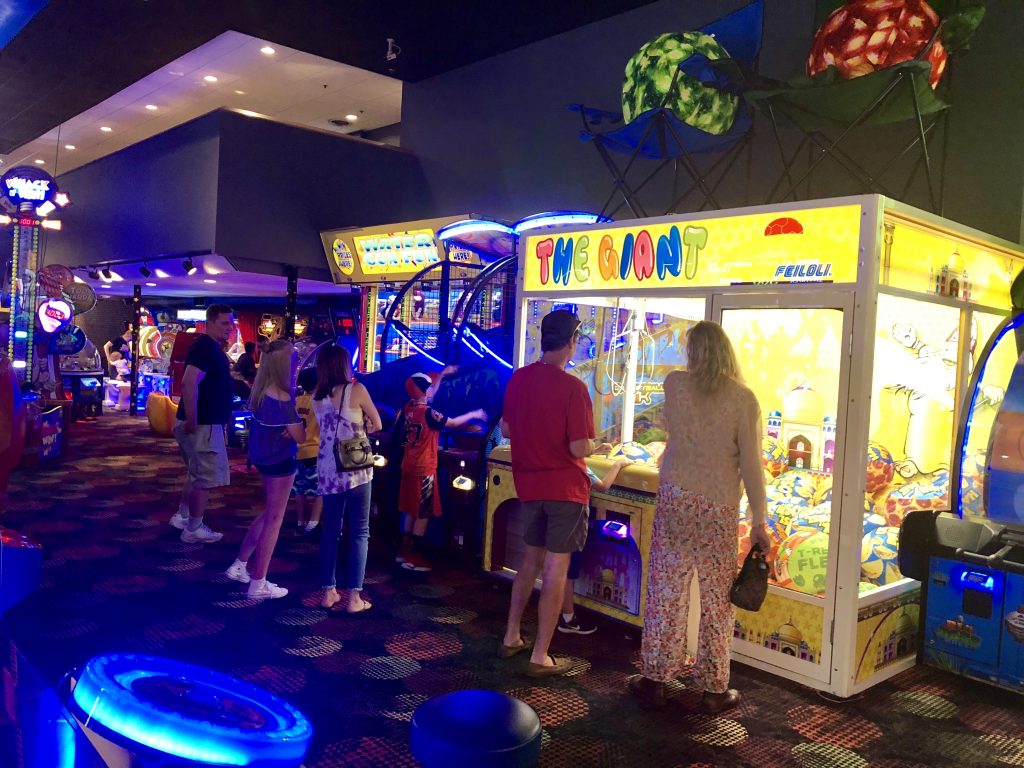
1 Comment
Pingback: FEG Is Breaking the Mold - Family Entertainment Group